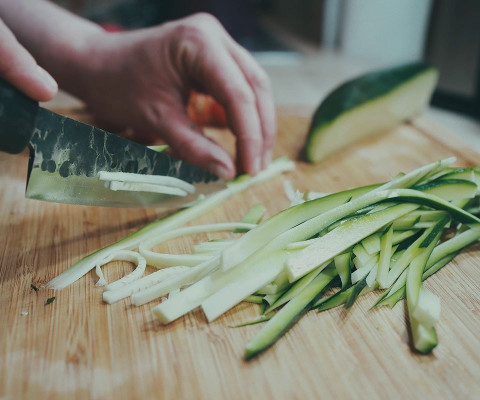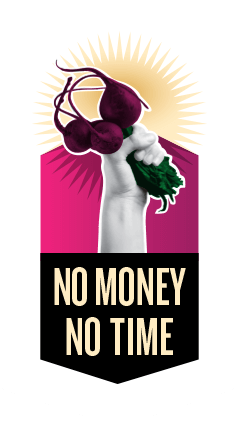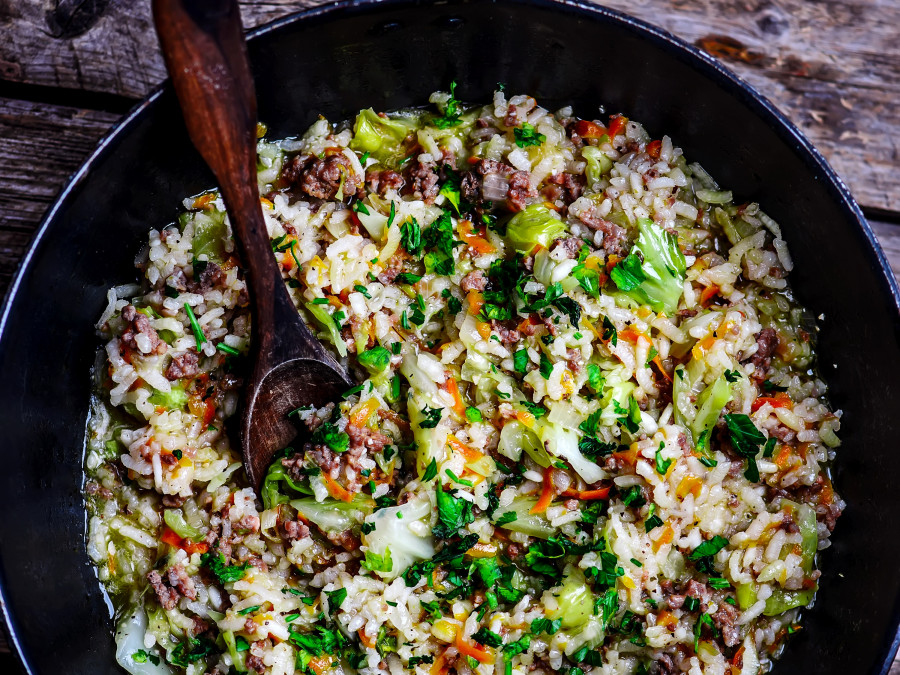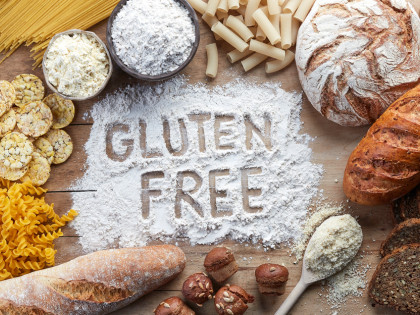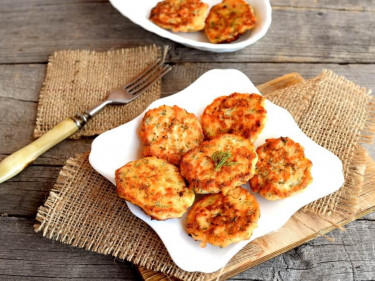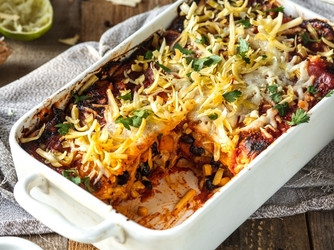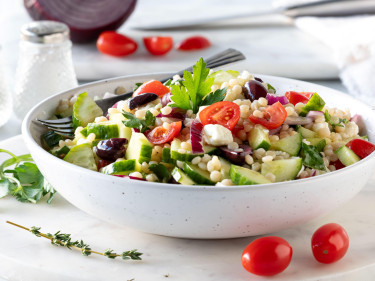Serves = 4
- 2 teaspoons extra virgin olive oil
- 1 medium red onion, remove ends and papery skin, cut in half and slice
- 2 stems spring onion, finely sliced
- 1 green capsicum, remove seeds and stem and roughly dice the flesh
- 1 cup frozen corn kernels
- 2 garlic cloves, crushed
- 1 teaspoons cumin seeds, whole
- 500g lean beef mince
- 2 tablespoons no added salt tomato paste
- 1 cup salt reduced beef stock
- 250g packet microwave brown and wild rice
- 1 medium avocado, diced
